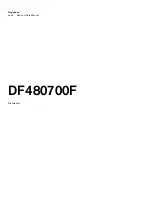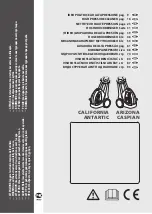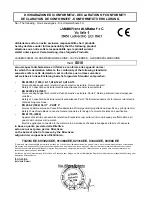
17
Laundry Tips
This section reviews proper laundering techniques, gives you additional washing information,
and discusses solutions to common laundering problems.
Preparing clothes for washing
•
Close zippers, snaps, and hooks to avoid
snagging other items. Remove
pins, buckles, and other hard
objects to avoid scratching the
washer interior. Remove non-
washable trim and ornaments.
•
Empty pockets and turn them inside out.
•
Turn down cuffs and brush away lint and dirt.
Sorting
•
Separate heavily soiled items from lightly
soiled ones even if they would
normally be washed together.
Separate lint givers (towels,
chenille) from lint takers
(corduroy, synthetics, perma-
nent press). When possible, turn lint givers
inside out.
Loading
•
Drop items into washer loosely. Fill to the
top of the basket, but do not
pack or wrap items around the
agitator. Items should move
easily through wash water
for best cleaning and wrinkle-
free results. Items should sink and
reappear later.
•
To reduce wrinkling, permanent press and
synthetic knits should have more room
to move in the water than heavy items
(towels, jeans).
•
Turn synthetic knits inside out to avoid pilling.
•
Tie strings and sashes so they will not tangle.
•
Mend tears, loose hems, and seams.
•
Treat spots and stains. (See “Removing
Stains” on pages 21-23.)
•
Stained or wet garments should be washed
promptly for best results.
•
Separate dark from light colors, colorfast
items from noncolorfast items.
•
Sort by fabric and construction (sturdy
cottons, knits, delicate items).
•
Overloading or packing can:
– cause poor cleaning.
– increase wrinkling.
– create excessive lint.
– wear out items faster (because of pilling).
•
Load by the amount of space items take
up, not by their weight.
•
Mix large and small items in each load.
Load evenly to maintain
washer balance. An off-
balance load can make the
machine vibrate during spin.
















































